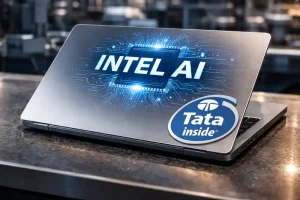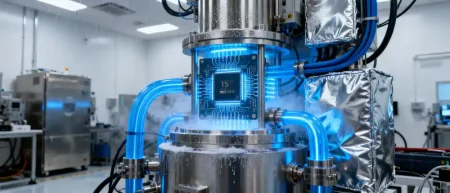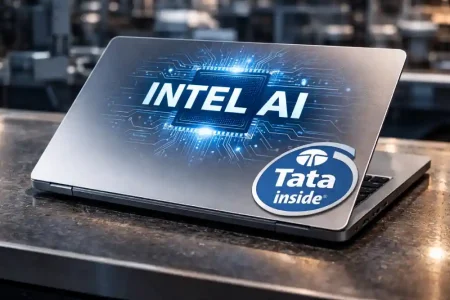The first passenger electric plane landed in New York recently, paving the way for a time when deaths from accidents like the one in Ahmedabad could be reduced, writes Satyen K. Bordoloi.
As an atheist, the only time you’ll find me praying is for others’ safety, like on June 12, after Air India’s Boeing 737 crash. In the post-disaster chaos, news was fragmented. I begged the universe for miracles, for news of dozens, maybe hundreds, of survivors. My hope emanated from the plane not having gained a high altitude.
Then, I saw the fireball in the viral footage. One miraculous survivor was a saving grace, but I couldn’t sleep much that night as a question nagged me: Had there been no fuel in the plane to blow up like it did, could more have escaped? The search for answers led me to electric aviation. Yup, if my cycle and your car can run on electricity, why can’t a plane?
A Historic Landing
Just days before the Ahmedabad disaster, New York City welcomed a new kind of plane. On June 3rd, ALIA, an all-electric aircraft created by BETA Technologies, completed North America’s first passenger-carrying flight. It took off from East Hampton and touched down at JFK Airport after a quiet, zero-emissions 49-minute journey.
Though what is talked about most for electric planes is their sustainability, in the aftermath of the Ahmedabad disaster, I couldn’t help but think of a future where planes would no longer carry volatile fuel to turn them into flying bombs. For the Ahmedabad victims, this innovation arrived too late. But for aviation, for you and me, ALIA’s flight and electric planes have been decades in the making.
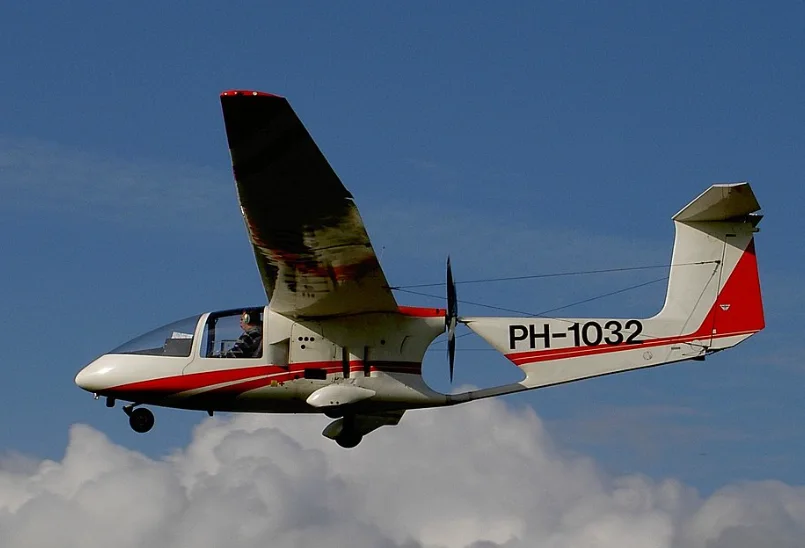
A Brief History of Battery-Powered Flight
The roots of electric aviation stretch back further than most are aware of. The first battery-powered aircraft, the MB-E1, took to the skies in 1973. A modified glider with nickel-cadmium batteries powering a 10-kW motor, the MB-E1 had a flight time of just 14 minutes. For decades, there has been little progress in this field for one simple reason: batteries were too heavy due to low energy density.
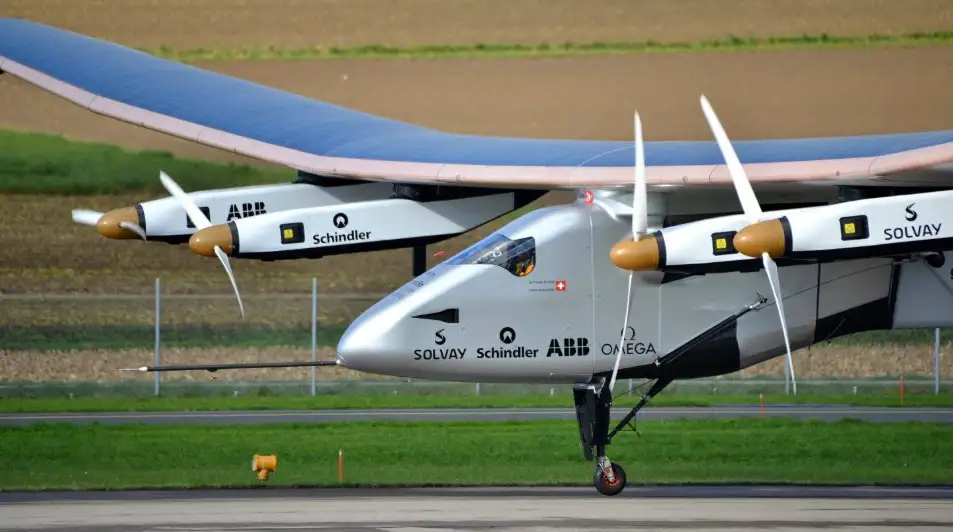
However, the 2000s tech boom sparked a renewed interest in projects like NASA’s Pathfinder, Pathfinder Plus, Centurion, and Helios, becoming a series of solar and fuel cell system–powered unmanned aerial vehicles (UAVs). NASA’s Solar Impulse 2 (2015-2016) circled the globe using solar-charged lithium batteries. But these were experimental planes, not commercial.
The true turning point came in 2020 when the Slovenian company Pipistrel earned the first-ever type certification (to prove airworthiness) for an electric plane, the Velis Electro, a two-seat trainer. Its lithium-ion batteries enabled 50-minute flights, proving that such projects could be commercially viable, at least in certain markets to begin with, leading to ALIA’s 2025 passenger flight.
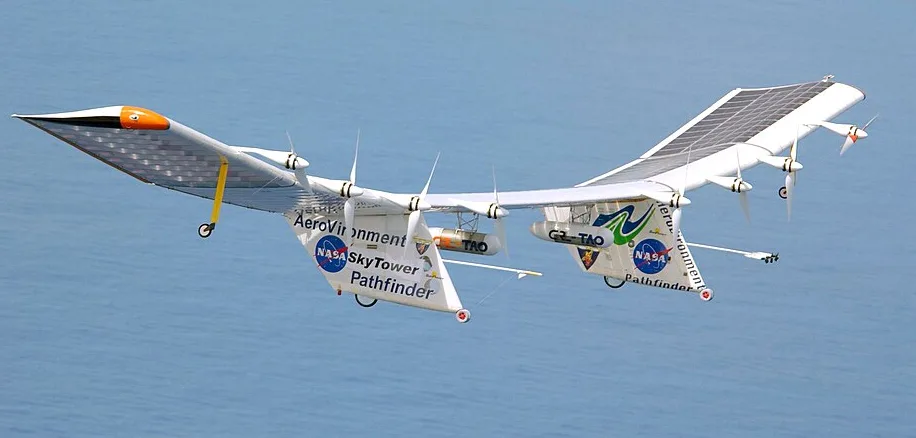
How Electric Planes Work
Unlike conventional planes, an electric aircraft replaces combustible fuel with battery-powered propulsion. Electric motors draw energy from lithium-ion or solid-state batteries instead of kerosene to drive the propellers or fans. This eliminates the need for fuel tanks or ignition systems as it relies solely on the flow of electrons from the battery to the motor. The removal of jet fuel, the primary cause of fires after a crash, makes it safer.
In the Ahmedabad crash, kerosene vapour ignited immediately after the crash, turning the area into a ball of high-temperature fire. That is not possible in an electric plane. Yes, its battery pack is flammable, but it lacks the explosive spread of liquid fuel. And let’s also remember that electric motors are much more efficient and convert about 90% of energy into thrust as compared to just 50% for jet engines. This is the reason why anything that runs on electricity, electric cars or trains like the Mumbai locals, picks up speed quickly.
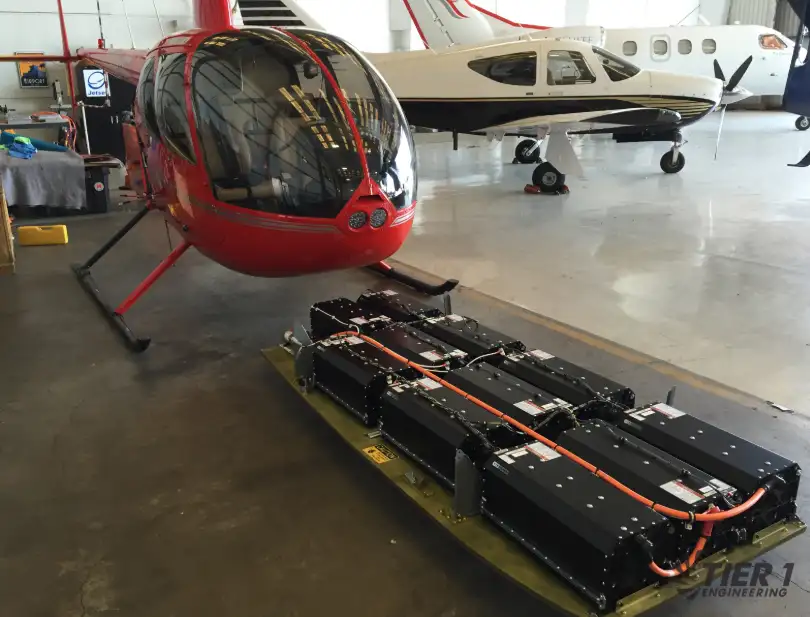
Operational Electric Aircraft
It is true that large-scale electric jets, the size of Boeing Dreamliners, are years, if not decades, away; smaller planes are already crisscrossing the skies. ALIA’s flight from East Hampton to JFK covered 250 miles. It has been designed to provide last-mile connectivity in regional routes and can carry six passengers with a pilot, take off vertically like a helicopter, and move noiselessly through the air.
Then there’s Heart Aerospace’s ES-30, a 30-seat hybrid-electric plane, which, like ALIA, aims for smaller routes like Stockholm to Oslo, and up to 800 km in hybrid mode by 2029. Eviation’s Alice is a nine-seat commuter aircraft that is hoping to get certification by 2026. Because of the limitations, all these planes are targeting niche markets like cargo, air taxis, and short-haul routes. Transcontinental flights like that of the Dreamliner remain out of reach as of now due to battery limitations.
The Battery Bottleneck
The main problem with batteries, even the best available today, is fuel density. Jet fuel, i.e. refined kerosene, packs 50 times more energy per kilogram than lithium-ion batteries. Hence, if an electric plane has to match Boeing 737’s range, its batteries would weigh five times more, making flying impossible. Safety is another concern as lithium-ion batteries have been known to overheat and cause fires. However, as I mentioned earlier, such fires are contained in modules, unlike the spread of a free-flowing fuel.
The solution could also come from solid-state batteries, which are currently under development worldwide and use solid electrolytes like lithium. These batteries promise longer flights because they provide better energy density.
The other problem is infrastructure. Charging an electric plane could take hours, while refuelling a plane today takes minutes. However, if Chinese electric car manufacturer BYD can charge their batteries in 5 minutes, surely this won’t be a hurdle for long.
The breakthroughs in battery technology could make electric planes a reality within a decade. Solid-state batteries, expected by 2035, may offer twice the energy density of lithium-ion with minimal fire risk. This means that in a crash like that in Ahmedabad, these packs might smoulder, not explode, buying crucial evacuation time for passengers.
Another hope on the horizon is hydrogen-electric hybrids, pioneered by companies like Universal Hydrogen, which work by blending fuel cells with electric propulsion to extend range.
Signs of optimism also come from the building regulatory momentum in agencies like the FAA in the USA, which is fast-tracking test flights for models like ALIA.
Electric planes won’t end crashes, but they could prevent death by fuel explosion. Hence, it is not impossible to imagine a scenario like this in 2040: an Ahmedabad-like takeoff fails, but the plane is electric, so when it falls, the batteries get damaged, but there’s no fireball. Passengers exit through intact doors aided by emergency crews. The death toll: near-zero.
As I join the world in mourning the 270 lives lost so far in Ahmedabad, I clung to a simple truth: Electric aviation is no longer a fantasy. It’s a lifeline, and it is already here.
In case you missed:
- AI’s Top-Secret Mission: Solving Humanity’s Biggest Problems While We Argue About Apocalypse
- Why the Alleged, Upcoming AI Crash Is Never Going To Happen
- Forget Chernobyl: Your Instagram Feed Might Cause The Next Nuclear Disaster
- The Growing Push for Transparency in AI Energy Consumption
- The Great AI Browser War: When AI Decided to Crash the Surfing Party
- The Cheaper Than Laptop Robot Revolution: How China’s Unitree Just Redefined Our Future
- Face-Off: Denmark’s Copyright Move Against Deepfakes & the Ghost of Anil Kapoor
- One Year of No-camera Filmmaking: How AI Rewrote Rules of Cinema Forever
- The B2B AI Revolution: How Enterprise AI Startups Make Money While Consumer AI Grabs Headlines
- Rise of the Robolympics: When R2-D2 Meets Rocky Balboa

